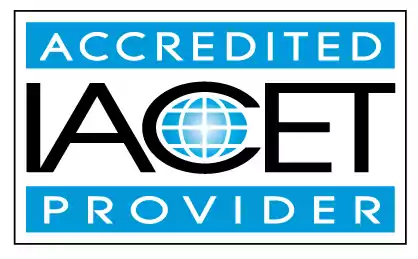Explain the role of respect in children’s behavior.
Learn about the importance of respect in children’s behavior, as well as how to define and identify common signs and behaviors of children and youth with hemophilia. This page is a valuable resource for anyone in the early childhood education and child care center domains.Trainings incorporating this outcome
CDA Subject Areas
Proficiency Level
Target Audience
Topic Areas
States
Alabama (7) Alaska (7) Alberta (7) Arizona (7) Arkansas (5) Australia (7) California (7) Colorado (7) Connecticut (7) Delaware (7) District of Columbia (7) Florida (7) Georgia (6) Hawaii (7) Idaho (7) Illinois (5) Indiana (7) Iowa (7) Jamaica (6) Kansas (7) Kentucky (5) Louisiana (7) Maine (7) Manitoba (6) Maryland (7) Massachusetts (7) Michigan (7) Minnesota (6) Mississippi (7) Missouri (5) Montana (7) Nebraska (6) Nevada (6) New Hampshire (7) New Jersey (5) New Mexico (7) New York (5) Newfoundland and Labrador (7) North Carolina (5) North Dakota (7) Nova Scotia (6) Ohio (7) Oklahoma (7) Ontario (5) Oregon (6) Pennsylvania (6) Prince Edward Island (6) Puerto Rico (7) Quebec (6) Rhode Island (7) Saskatchewan (7) South Carolina (5) South Dakota (7) Tennessee (5) Texas (6) Thailand (6) United Kingdom (6) Utah (7) Vermont (7) Virgin Islands (6) Virginia (7) Washington (7) West Virginia (7) Wisconsin (6) Wyoming (6)
120 hours courses
45 hours courses
5 hours courses
3 hours courses
Related Outcomes
- Explain how sensory processing differences can influence children’s behavior.
- Recognize the importance of demonstrating respect for all diversity and providing activities that reflect a welcoming environment for all children, youth and families, regardless of culture, language, or religion, or strengths, talents, and abilities.
- Define and identify common signs and behaviors of children and youth with depression.
- Define and identify common signs and behaviors of children and youth with fragile x syndrome.
- Recognize the importance of consistency, continuity, and responsiveness in supporting pro-social behaviors in children.
- Recognize the importance of demonstrating respect for the diversity of all children and youth and families’ culture, language, and religion in all interactions (anti-bias and cultural responsiveness techniques).
- Demonstrate understanding of the roles and responsibilities a child care administrator has to‐ staff, children, families, and community
- Demonstrate understanding of how learning occurs in children and the role of play in learning
- Define and identify common signs and behaviors of children and youth with hemophilia.
- Recognize the importance of a positive and respectful attitude in working with all children and their families.
- Define and identify common signs and behaviors of children and youth with anxiety.
- Explain effective strategies to guide children’s technology use and combat the media’s influence.
- Explains how materials and experiences support the developmental needs of young children.
- Define and identify common signs and behaviors of children and youth with cerebral palsy.
- Define and identify common signs and behaviors of children and youth with conduct disorder.
- Demonstrate the elements of positive respectful relationships that include warm, nurturing interactions with children.
- Explain safety guidelines involved when planning sensory activities for young children.
- Demonstrate understanding the major milestones, typical behaviors and learning processes of children birth to 13 years of age
- The participant will demonstrate knowledge and understanding the major milestones, typical behaviors and learning processes of children birth to 13 years of age
- Define and identify common signs and behaviors of children and youth with Autism Spectrum Disorder.
Related Articles
- How Can Culture Affect A Child’s Development?
- Child care education
- The Power of Play: Unleashing Potential in Early Childhood Education
- How Not to Raise a Narcissistic Child: Stop Your Little Prince or Princess from Becoming a Tyrant
- Every Child Matters: Practical Tips for a Safe and Inclusive Classroom
- Building Relationships: Connecting with Children and Families in Preschool
- Veterans Day: Teaching Young Kids About Veterans with Respect and Creativity
- Child Abuse and Neglect Training for Educators
- How Cultural Influences Shape Child Development
- Child Abuse and Neglect Training: Empowering Educators to Recognize and Respond
- Prevent, Protect, Respond: Child Abuse and Neglect Training for Educators
- 🧩 What Does ABA Look Like in the Classroom? 🎓 What Teachers Should Know
- 🌍 How Can Culture, Communication, and Collaboration Improve Child Assessment?
- 🤯 Why Is This Child Acting Out All of a Sudden?
 12 CEUs
12 CEUs